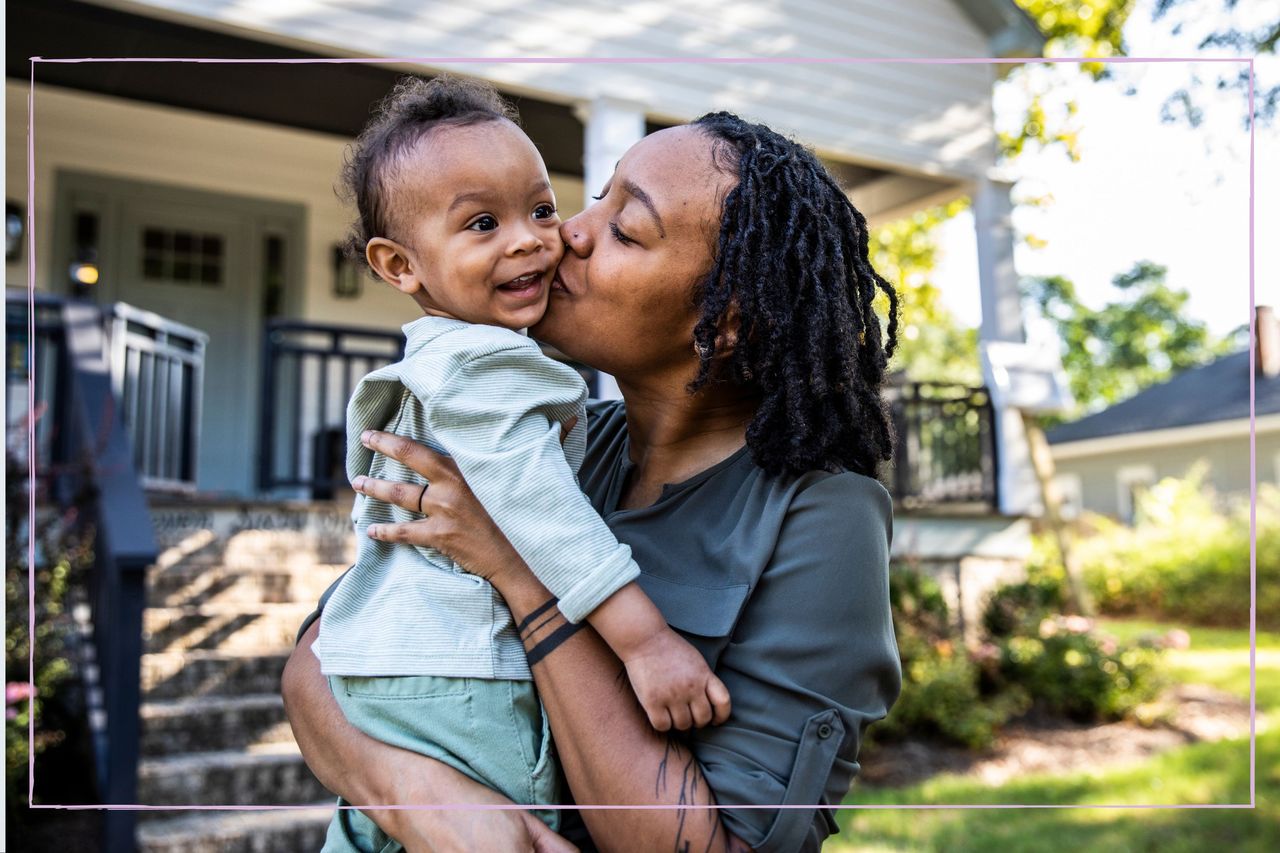Is this the key to raising secure children? Experts reveal importance of 'secure attachment' for kids and share 4 ways parents can create it
The attachment parenting style is growing in popularity - but what exactly is it?

New research has revealed the importance of 'secure attachment' for children, highlighting how it can help them blossom into more secure adults - and the findings are popularising the growing 'attachment parenting style' trend.
We're increasingly finding it to be true that there are as many parenting styles as there are parents. From therapeutic parenting to tiger parenting, the scale is huge and varied with many different approaches scattered along it ranging from your gentler parenting styles to the more hands-on, or off, approaches.
But no matter the approach you take to parenting, many parents' goals are the same; to raise confident children, who are happy and secure in themselves and their lives.
And new research has just revealed what may be the key to raising secure children; what researchers and scientists are calling 'secure attachment.'
This refers to parents and their children sharing a strong, secure emotional bond with each other, with the child knowing that their parent will always be there to support them no matter what. It is formed when a parent shows sensitivity to their children's need and offers help and support when needed.
A recent study published by the American Psychological Assosiation, brought together the data from a selection of 174 studies to analyse the behaviour and relationships of the more than 22,000 parents and children who took part. In doing so, researchers confirmed that when parents' behaviour shows more sensitivity to children's needs, their child is more likely to develop secure attachment.
Sharing a secure attachment has many benefits for children, with the researchers highlighting increased academic performance, learning, empathy, emotional regulation and wellbeing as just some of the positive outcomes of such a bond.
GoodtoKnow Newsletter
Parenting advice, hot topics, best buys and family finance tips delivered straight to your inbox.
With that in mind, it's no surprise that many parents now want to know more about the attachment parenting style and if it is a style worth trying with their own kids. But even if you don't want to centre all your parenting around the research, there are steps you can take to help develop a secure attachment with your child so you can both reap the benefits.
According to the studies researchers who shared their findings with MedicalXpress, sharing a secure attachment looks like;
1. Being present and attentive by noticing when your child needs attention. When you do find your child in need, make sure to respond promptly and in a way that comforts and reassures them that things will be ok.
2. Being sensitive and fostering trust and security. "Sensitive behaviours show children that they can rely on their parent in moments of need and trust them to help, which fosters secure attachment," the researchers say.
3. Respecting children's pace and letting them take the lead. The researchers urge parents to interact with their kids at their own pace, making sure not to rush them through experiences that will help them better understand the world. They explain, "For example, a small child might want to stop and inspect every rock or flower on a short walk, which might seem slow or dull to a parent, but is a fascinating adventure to a small child whose brain is rapidly developing."
4. Being kind to yourself. "Caregivers can sometimes experience pressure to be the 'perfect parent.' However, it can sometimes be difficult to respond sensitively when we are feeling stressed or pulled in all directions," the researchers say. "So, while we aim for consistency in our caregiving responses, it's also important to be kind to ourselves and understand that we are human too."
In other family news, baby name ‘regret’ is on the rise - when is it too late to change the name? Expert shares her advice. And, 1 in 4 children want to go on a diet - expert reveals how parents can teach their kids to celebrate and love their bodies. Plus, does Nan live in a different city? Here are 10 ways grandparents can 'do long distance', according to a family psychologist.
Charlie Elizabeth Culverhouse is a news writer for Goodtoknow, specialising in family content. She began her freelance journalism career after graduating from Nottingham Trent University with an MA in Magazine Journalism, receiving an NCTJ diploma, and earning a First Class BA (Hons) in Journalism at the British and Irish Modern Music Institute. She has also worked with BBC Good Food and The Independent.
- Anna BaileyEditor in Chief
-
 Why do I crave sugar? Causes of sugar cravings and how to stop them
Why do I crave sugar? Causes of sugar cravings and how to stop themIf you're someone who suffers from sugar cravings you'll know how hard it is to give up the sweet stuff. But you're not alone.
By Debra Waters Published
-
 Low sodium diet: the benefits of reducing salt and what foods to eat
Low sodium diet: the benefits of reducing salt and what foods to eatBy Emily-Ann Elliott Published